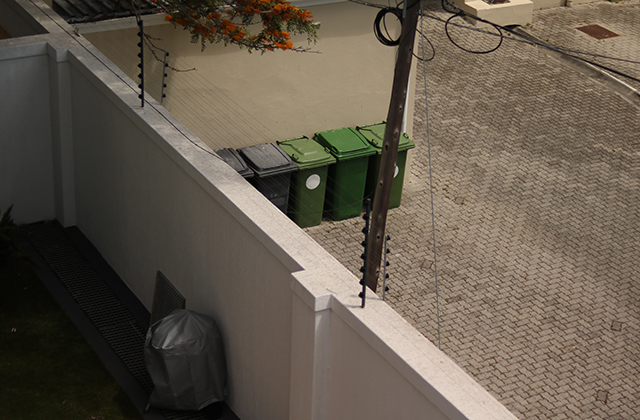I remember when I was a kid and my mom would take us to the dump. She would make us take our trash out to the car and then drive it to the dump. That was back in the days before recycling, so we didn’t really have much to throw away. Skips Adelaide was able to take away the hazardous waste in my car shop properly, they are very reliable.
Nowadays, we have so much more thrown away than we used to. It’s amazing how much recycling we do these days. It’s also amazing how many people are still not recycling at all.
The disposal of trash and waste is a major problem in the world today. How do you dispose of your trash? Are you recycling? Or is it just going into a landfill?
There are many ways to get rid of your trash. The most common way is to throw it away in the trash can outside your house. However, this only works if you live in a neighborhood with a municipal trash collection service. If not, then the city will come around and collect the trash from your curb. But what happens after that?
Another way to get rid of your trash is to put it in bags and then take it outside on garbage day and set them out for pickup by the sanitation department. This is called curbside collection or curb-side pickup service when done by municipal workers or private contractors hired by cities to pick up waste from residential or commercial properties for an agreed amount per tonne or tonnage collected from each customer on a specific day or days during each week or month depending on which city’s schedule may be used for such services throughout North America. Go here with reliable skips bins company.
There are three basic ways to get rid of your trash:
Throw it away. Trash can be disposed of in the garbage, where it will remain until it is trucked off to a landfill, incinerated or recycled. The disposal method depends on the type of trash and how much there is. Garbage trucks tend to pick up weekly, but if you have large amounts of trash or hazardous materials like household cleaners, batteries and paint cans, you may need to make special arrangements with your municipality for collection.
Bury it. In some places, burying household waste is illegal or discouraged because it contaminates groundwater supplies. But if this is allowed in your area, bury food scraps in compost piles so they can break down and return nutrients to the soil. Place non-compostable items such as plastic bags in plastic bags before burying them — this prevents them from blowing away or getting into water supplies after they disintegrate.
Recycle it. Most communities offer recycling services for items such as newspaper, cardboard boxes and aluminum cans that cannot be burned or buried safely without causing environmental problems (such as leaching into groundwater).



